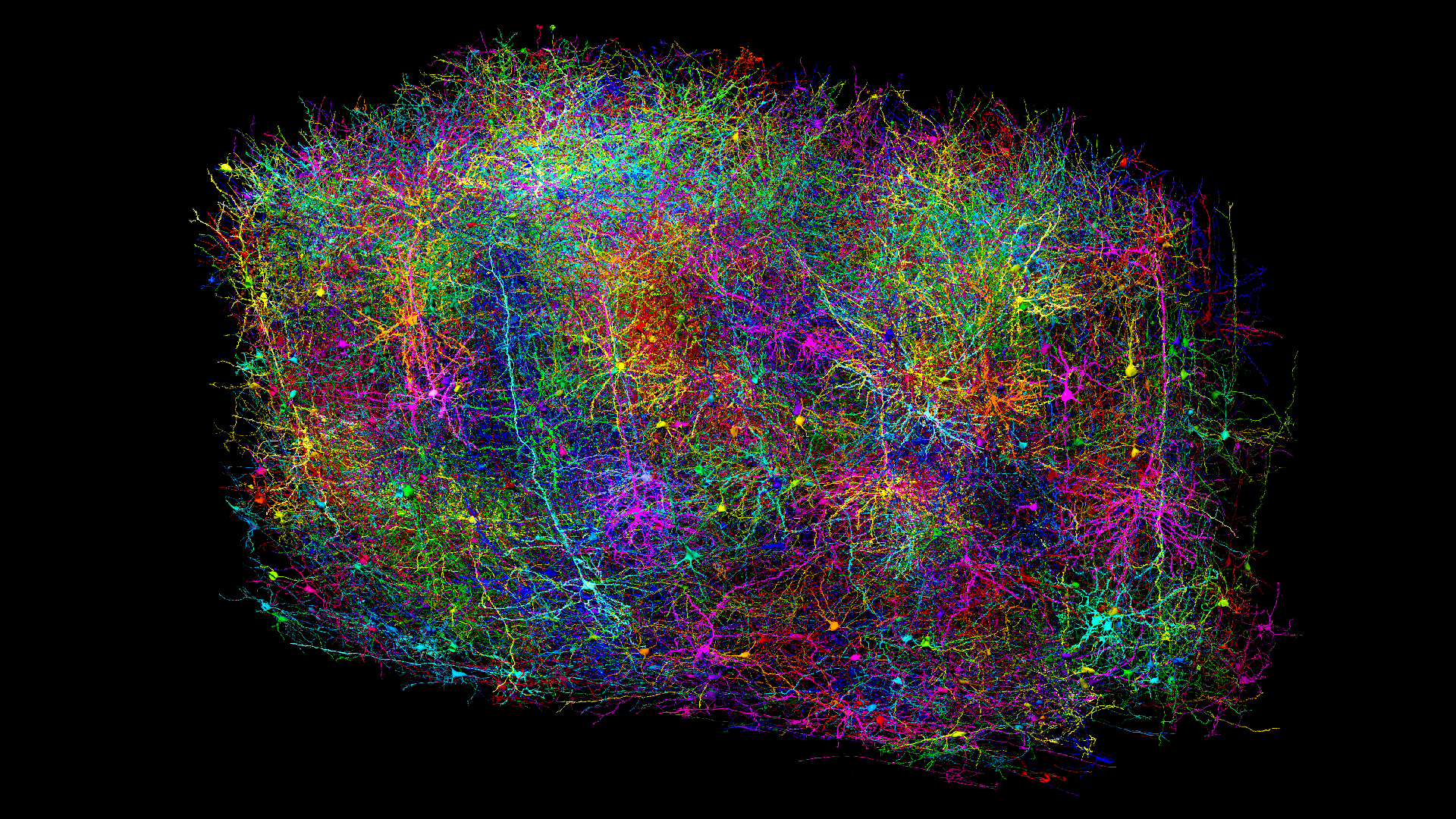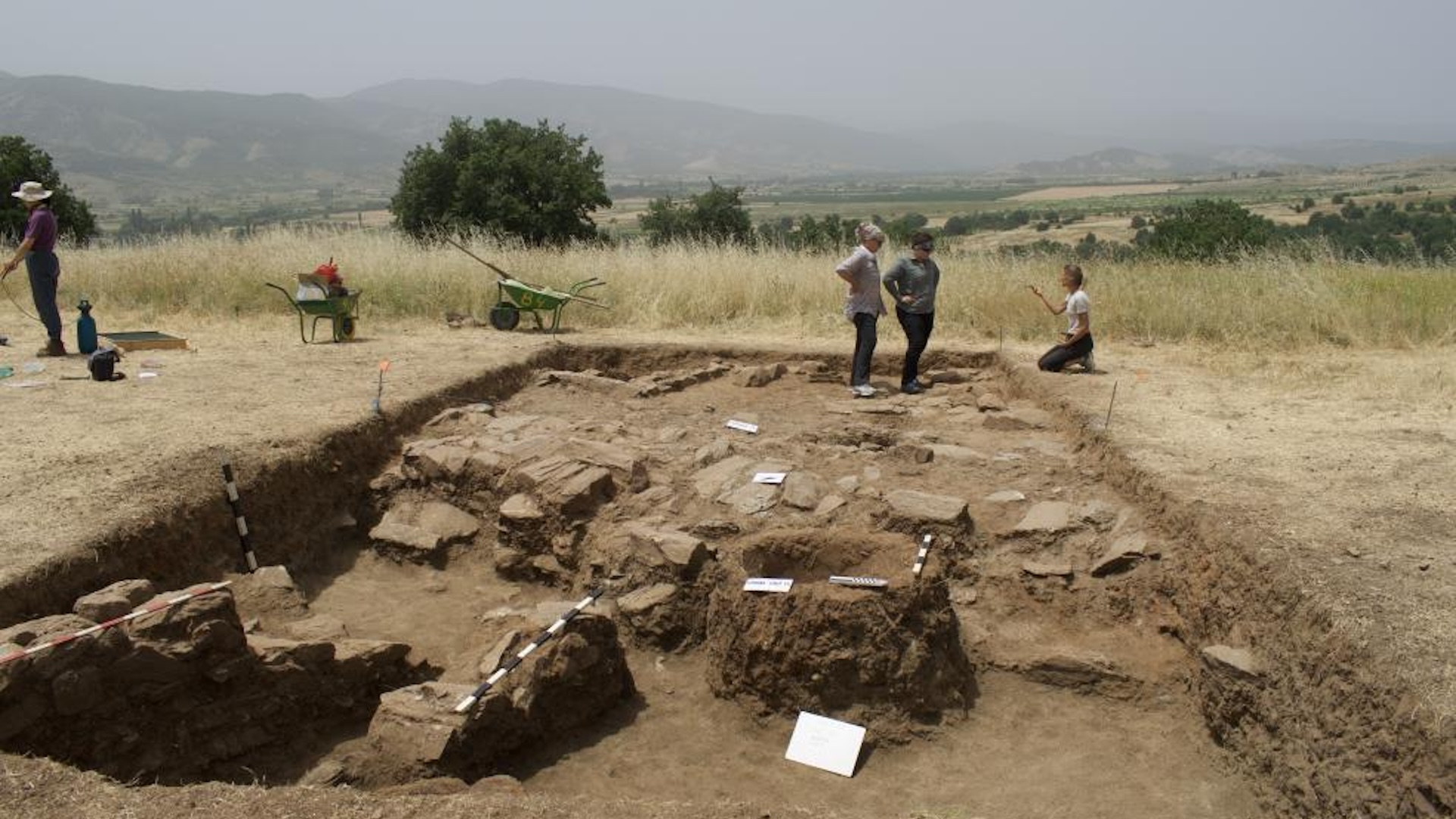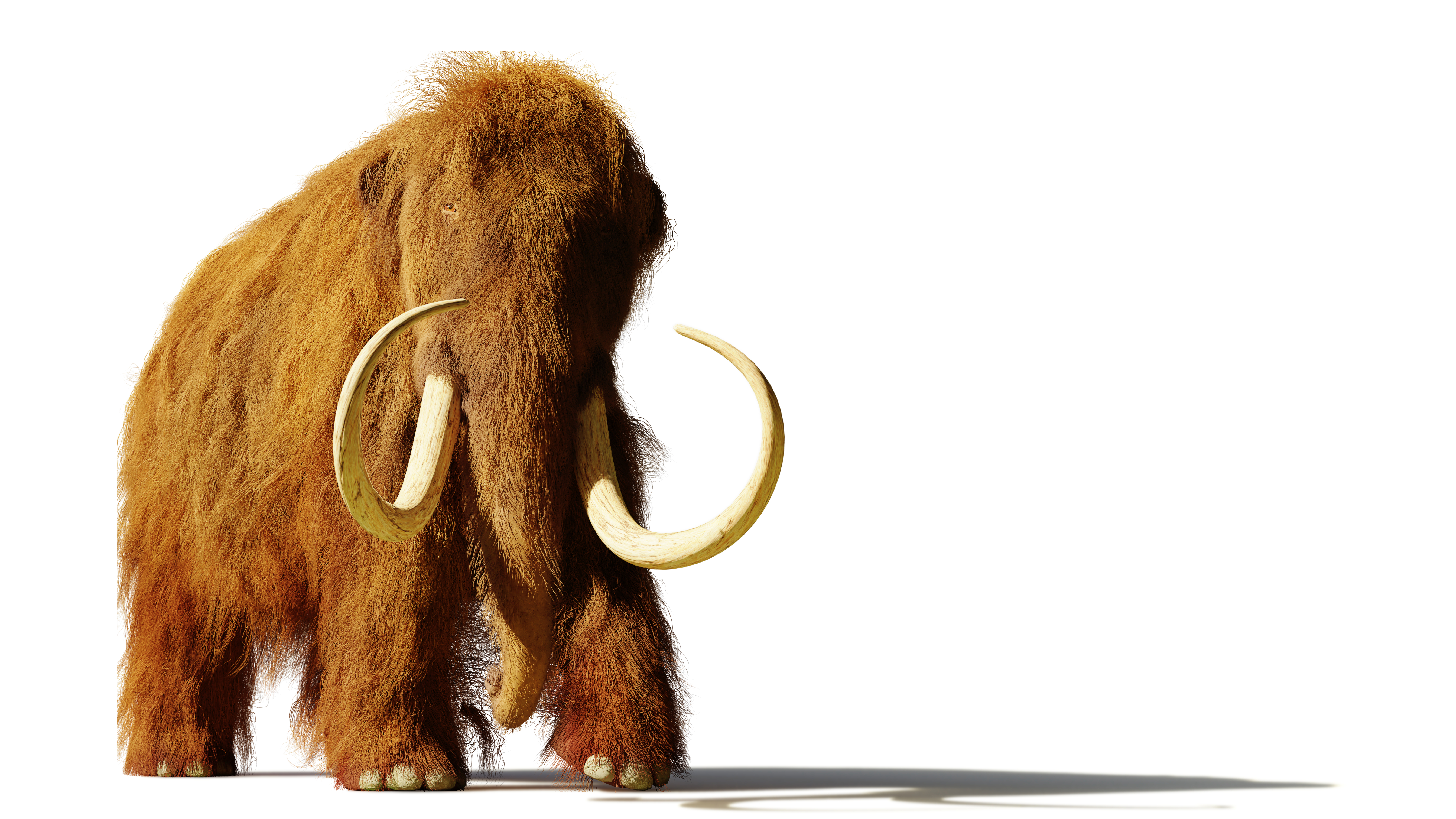Colossal's de-extincted 'dire wolf' isn't a dire wolf and it has not been de-extincted, experts say
Scientists recently revealed that they have "brought back" extinct dire wolves thanks to genetic engineering — but experts say the newly created animals are only like dire wolves in appearance.
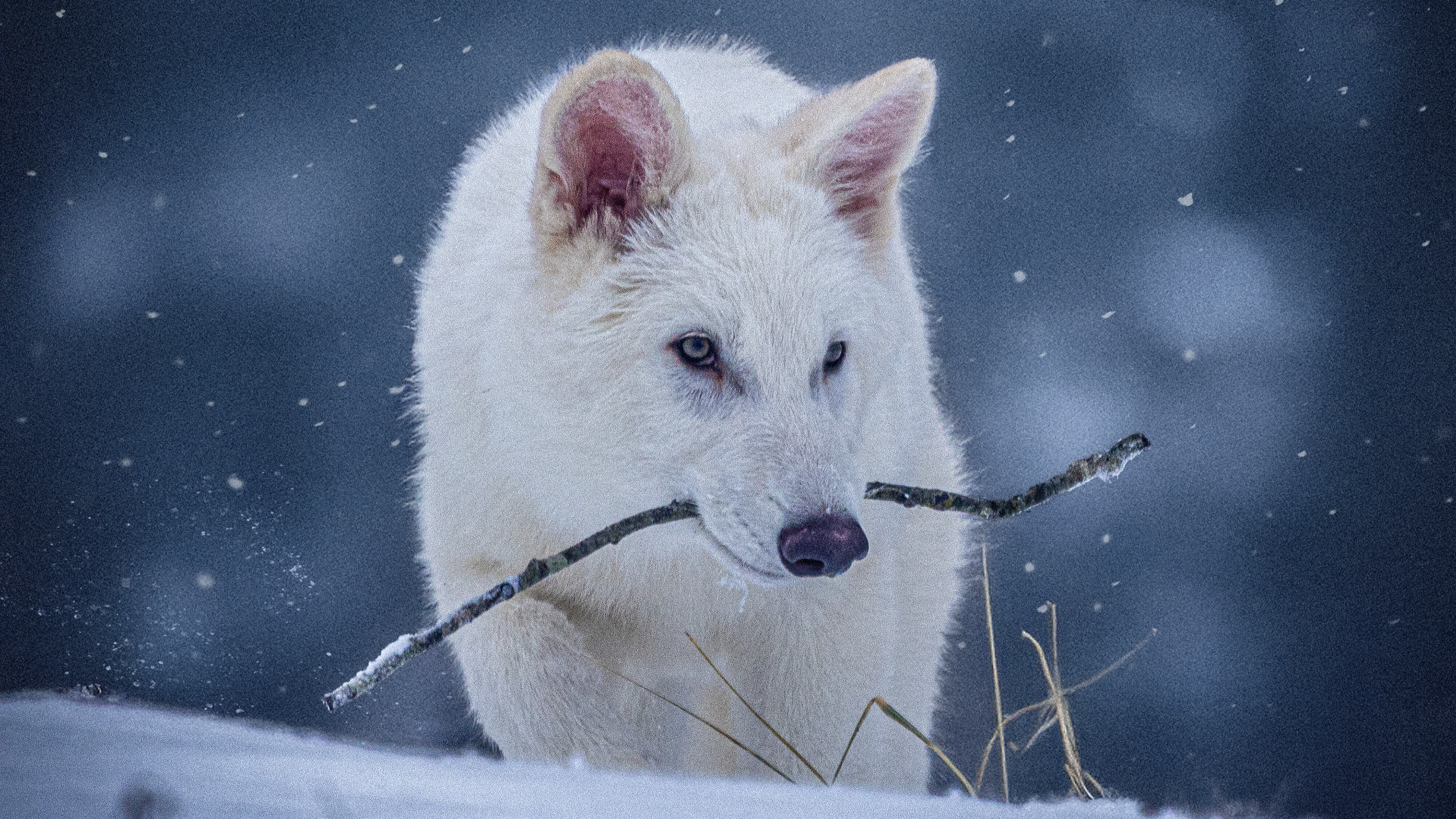
In an announcement on Monday (April 7), scientists revealed to the world that they have "brought back" long-extinct dire wolves with genetic engineering.
Researchers with the biotechnology company Colossal Biosciences shared images of three adorable, snow-white pups, which they said mark the "world's first de-extinction."
Dire wolves (Aenocyon dirus), which were made famous by the HBO television series "Game of Thrones," went extinct at the end of the last ice age. By creating lookalike pups, Colossal's CEO Ben Lamm said the company has "made healthy dire wolf puppies" and resurrected these predators after more than 10,000 years of extinction.
But many experts say the language used by Colossal to describe their creation is misleading. "What Colossal have produced is a gray wolf with dire wolf-like characteristics," Nic Rawlence, an associate professor and co-director of the Otago Palaeogenetics Laboratory at the University of Otago, told the New Zealand Science Media Center (NZ SMC). "This is not a de-extincted dire wolf, rather it's a 'hybrid.'"
To make the pups, scientists extracted DNA from two prehistoric dire wolf fossils: a 13,000-year-old tooth discovered in Sheridan Pit, Ohio, and a 72,000-year-old inner ear bone from American Falls in Idaho. Using this DNA, the researchers pieced together a partial dire wolf genome, which they then compared with the genomes of the dire wolf's closest living relatives, including wolves, jackals and foxes.
Based on their results, the scientists selected the gray wolf (Canis lupus) as an egg donor to "bring back" dire wolves — despite the two species not actually being that closely related, experts said.
Sign up for the Live Science daily newsletter now
Get the world’s most fascinating discoveries delivered straight to your inbox.
"New information shows that the original dire wolf itself was not really a wolf," David Mech, an adjunct professor specializing in wolf ecology and behavior at the University of Minnesota and senior research scientist with the U.S. Geological Survey, told Live Science in an email.
Evolutionarily speaking, dire wolves split from wolves roughly 6 million years ago, forming an entirely separate group from modern-day gray wolves. "Dire wolves are in their own genus, so a very different species," Philip Seddon, a professor of zoology at the University of Otago, told NZ SMC. "The African jackal might be more closely related to dire wolves."
"GMO wolves"
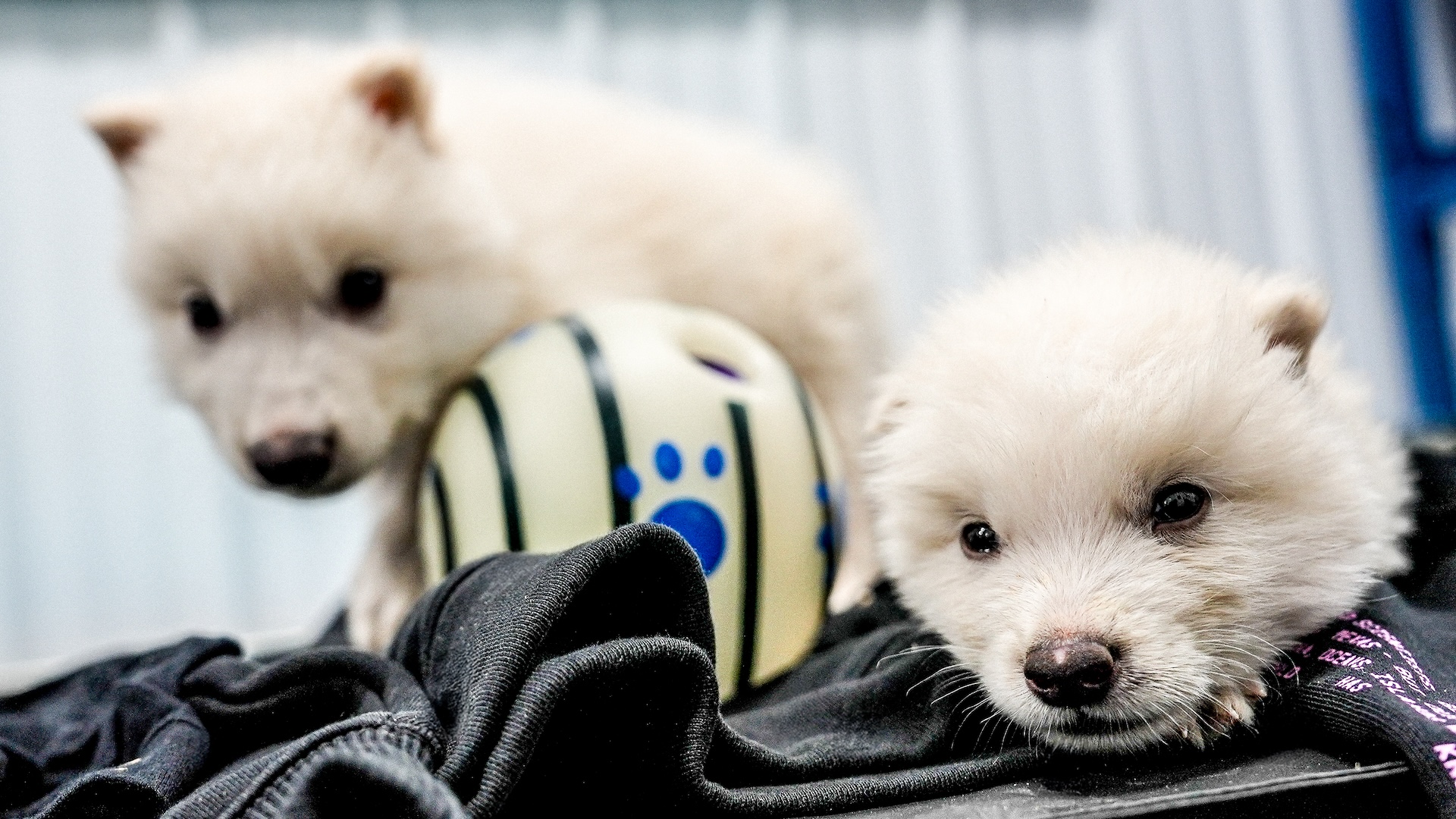
De-extinction requires egg cells from a living animal to hold and "grow" the genetic material of the animal scientists want to create. Having selected gray wolves to perform this step, Colossal scientists then collected cells from gray wolf blood samples and modified them to resemble the cells they found in the dire wolf fossils. Using CRISPR gene-editing technology, the team made a total of 20 edits in 14 genes that they identified as important in giving dire wolves their distinctive traits.
Next, in a similar process as the one used to clone Dolly the sheep in 1996, the scientists inserted the modified cells' DNA into gray wolf egg cells, whose own genetic material had previously been removed. At this point, the gray wolf egg cells contained all the genetic information required to build wolves with some of the defining characteristics of dire wolves. The egg cells were then left to mature in the lab, and the resulting embryos were implanted into the wombs of domestic dogs, which are technically a subspecies of the gray wolf.
Colossal's first "dire wolf" puppies, Romulus and Remus, were born Oct. 1, 2024, meaning they are now 5-month-old adolescents. According to Colossal, they are being held and continually monitored in a nature preserve surrounded by 10-foot-tall (3 meters) fencing.
"They will live out their life in a luxurious preserve under human care," Bridgett vonHoldt, a professor of evolutionary genomics and epigenetics at Princeton University who collaborates with Colossal on this project, told Live Science in an email. "As many have seen with previously cloned animals, their health always remains unpredictable and of potential concern."

A third pup, Khaleesi, was born Jan. 30, 2025. It's unclear how dangerous these animals are, but their behavior is unlikely to differ dramatically from that of a captive gray wolf, especially as they have been constantly surrounded by humans, vonHoldt said. "Lots of captive wolves are handled by humans. Some remain submissive with their humans even as adults while others mature into a more aloof, standoffish animal. I expect the DW [dire wolves] will be no different."
Romulus, Remus and Khaleesi will not be released into the wild, but in the future, Colossal said it will consider options to introduce animals into "secure and expansive ecological preserves potentially on Indigenous land."
But some experts doubt very much that these introductions would be successful. "Any release to the wild would be fraught with negative PR and legal consequences, which would probably also be the case with any of the other types of newly created animals," Mech said.
Regarding the dire wolf specifically, Mech said there is a question mark over how they might fit into modern ecosystems. "They occupied an entirely different ecological niche than exists today," he said.
Many experts have criticized Colossal's announcement, but some have also praised the technological breakthroughs the company made along the way. "Certainly, this involves advances in genetic technology, and these might have applications for the conservation of existing species," Seddon said.
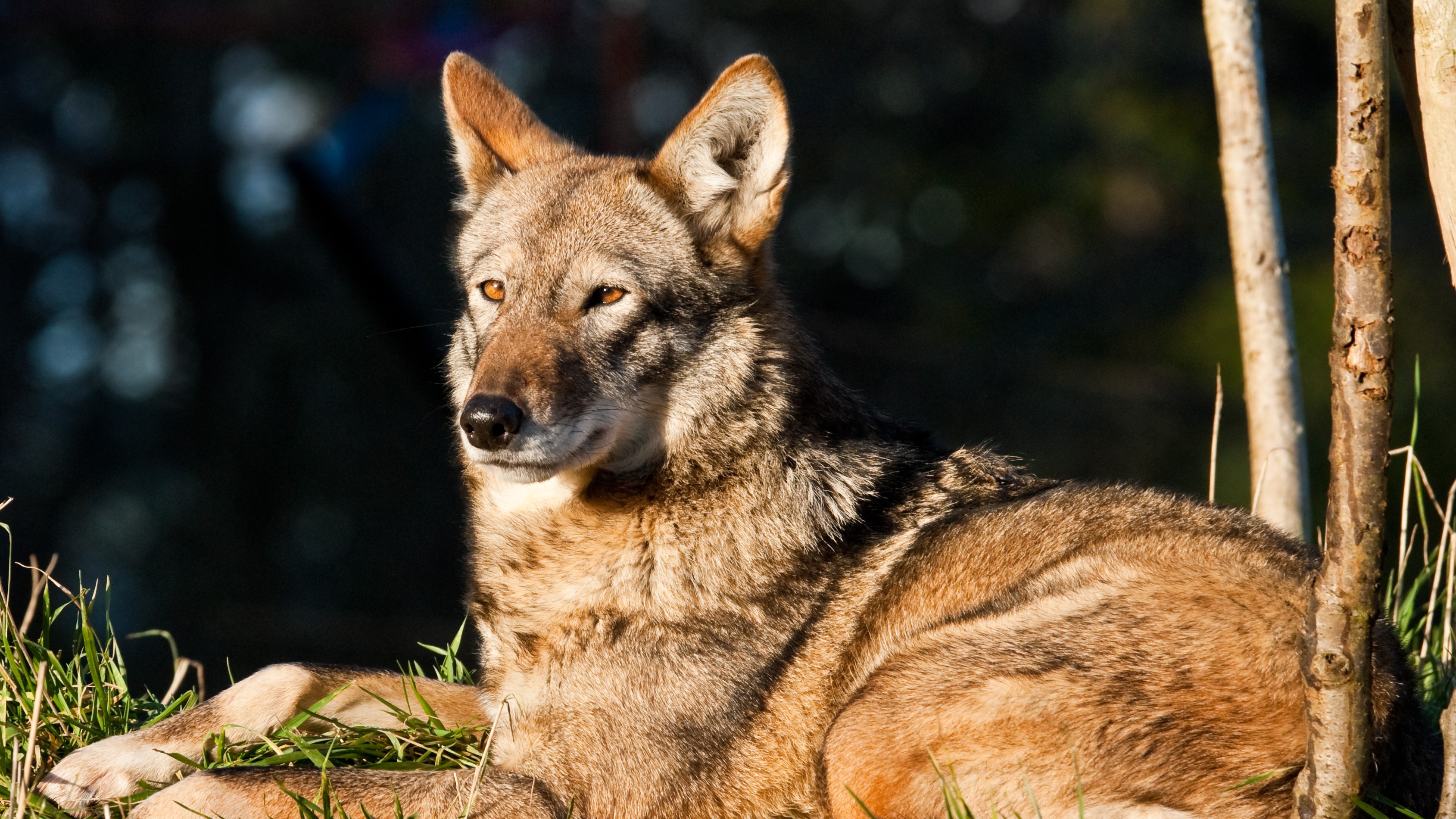
One species that is already benefiting from Colossal's breakthroughs is the red wolf (Canis rufus), the world's most endangered wolf. The company announced the birth of two litters of cloned red wolves on Monday, boosting the number of red wolves held in captivity in the U.S. and offering new hope for the species.
But at the end of the day Colossal's claim that it has resurrected the dire wolf is spurious, Seddon and others said. "Colossal compared the genomes of the dire wolf and the gray wolf, and from about 19,000 genes, they determined that 20 changes in 14 genes gave them a dire wolf," Rawlence said.
Moreover, Colossal's "dire wolves" aren't technically the world's first de-extinction. In 2003, scientists in Spain cloned an extinct wild goat species known as the bucardo, or the Pyrenean ibex (Capra pyrenaica pyrenaica). A baby goat was born, but it died seven minutes later due to a lung defect.
The announcement on Monday means that "we have GMO wolves and might one day have GMO Asian elephants, but for now extinction really is for ever," Seddon said.

Sascha is a U.K.-based staff writer at Live Science. She holds a bachelor’s degree in biology from the University of Southampton in England and a master’s degree in science communication from Imperial College London. Her work has appeared in The Guardian and the health website Zoe. Besides writing, she enjoys playing tennis, bread-making and browsing second-hand shops for hidden gems.
You must confirm your public display name before commenting
Please logout and then login again, you will then be prompted to enter your display name.



